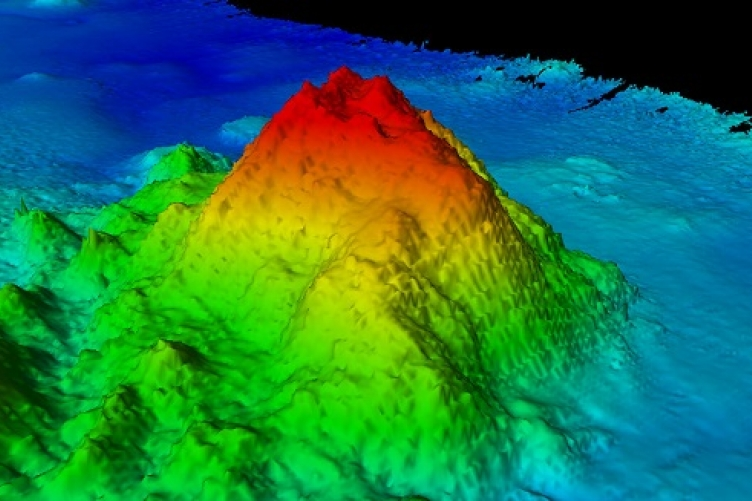Free Courses Sale ends Soon, Get It Now


Free Courses Sale ends Soon, Get It Now



Disclaimer: Copyright infringement not intended.
Context
Details
Geological Significance
Implications of the Discovery
Introduction to Seamount
A seamount is an underwater mountain or a submerged elevated area that rises from the ocean floor but does not reach the water's surface. These geological features are often found in the world's oceans and seas and can vary in size and shape.
Characteristics of Seamounts
Significance of Seamounts
Challenges and Conservation
Notable Seamounts
Conclusion
The discovery of Crater Seamount in the Andaman Sea by Indian scientists from the NIO is a significant contribution to our understanding of the region's geology and the potential geological hazards it may pose. Ongoing research and monitoring efforts are essential to assess the volcano's behavior and enhance preparedness for any future volcanic activity.
|
PRACTICE QUESTION Q. Which of the following statements about seamounts is true? 1. Seamounts are geological features that breach the ocean's surface. 2. They are primarily formed through sedimentary processes. 3. Seamounts can serve as hotspots for marine biodiversity. Select the correct option: A)Only statement 1 is true. B)Only statement 3 is true. C)Statements 1 and 3 are true. D)None of the statements are true. Answer: C). |
© 2024 iasgyan. All right reserved